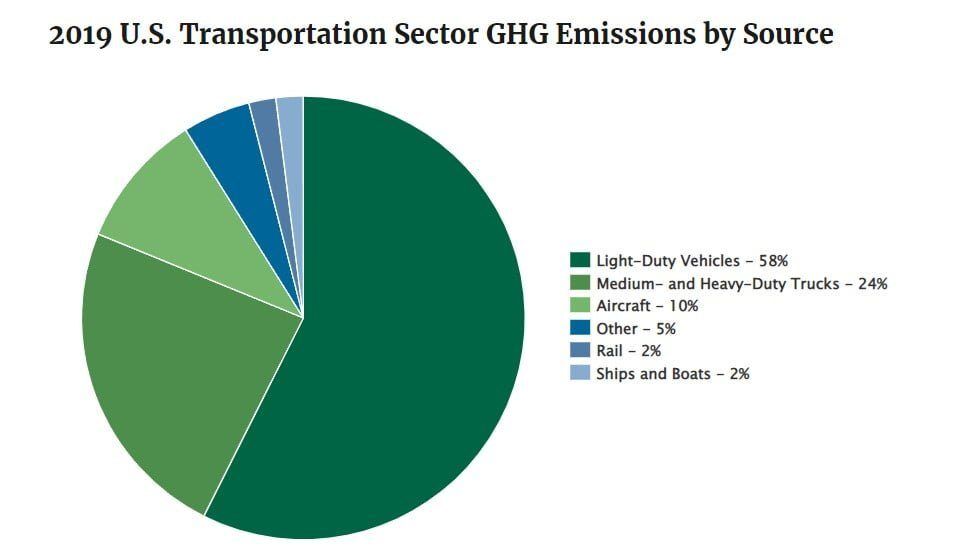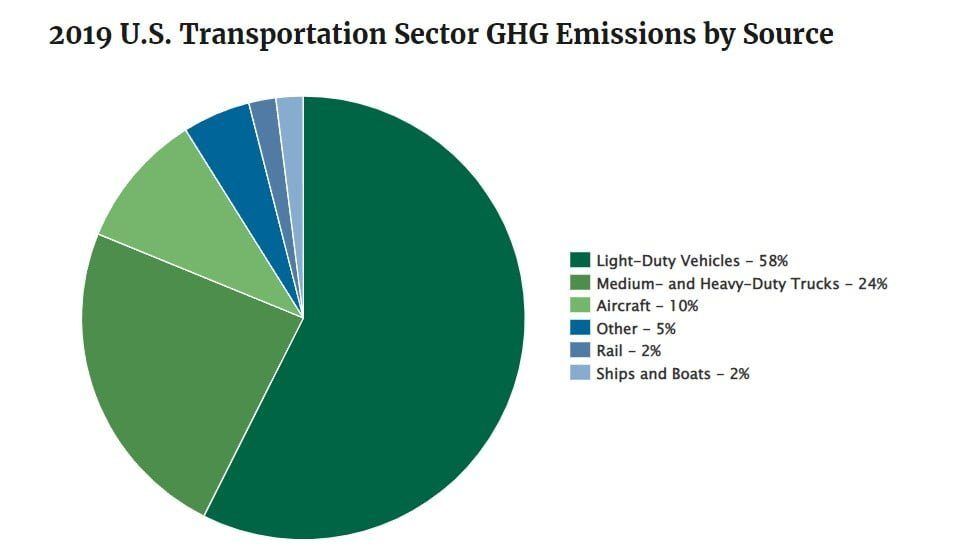Climate & Cargo: Road Transport
As mentioned in our first climate & cargo blog post, we’re going to be diving into different modes of transportation and facets of the industry that contribute to climate change and the overall sustainability of the global supply chain. This week we’re turning our attention to road transportation and how it affects and is affected by the global climate crisis.
Why Trucking
We wanted to start by looking at road transportation as trucks are the most talked about part of the transportation sustainability picture. The main reason for this is that they’re the most visible and immediate contributors. Not many everyday consumers see a cargo ship daily or understand the emissions involved in steel manufacturing, however, most have heard about the greenhouse gas (GHG) emissions from 18 wheels or seen one spewing diesel fumes down the highway. There are some good reasons for this focus on truck transport as well, according to the EPA medium and heavy-duty trucks make up roughly 7% of all American GHG emissions, more than the emissions from planes, trains, and ships combined.


Before we look at the solutions to this problem, let’s bring it back to why climate and sustainability are relevant to 3PLs, shippers, and anyone else involved in global logistics. One of the largest impacts of climate change in the next several decades will be more frequent and intense weather events. Things like droughts, hurricanes, landslides, floods, and similar events, will become more and more frequent depending on the degree to which we control and mitigate our climate impact.
In our first post we mentioned how floods like the ones in BC’s interior will become more frequent and devastating with the effects of climate change, and for a more recent example look no farther than the wildfires that plagued the southwest US in early May. Dry conditions like the ones that cause the wildfires in New Mexico will be more frequent over the next few decades as climate change impacts continue to grow.
So what can trucking do to combat climate change? Today we’ll look at two promising solutions to GHG emissions in road transportation.
Solution: EVs
The other reason that trucks get so much attention is because of the accessibility of possible solutions. Again, in this situation, most people aren’t familiar with liquified natural gas and alternative aviation fuels but at this point, most people have heard of electric vehicles (EV’s), with many people already making the switch to electric for their personal vehicles. And although the consumer EV market is much farther along than the commercial market, there are still strides being taken to electrify 18-wheelers (battery powered transport trucks).
Large Companies like Volvo and Daimler have begun developing their own all-electric, battery-powered semi-trucks, with startups like Nikola and Bright Drop working on their own all-electric models. And the competition around EVs is driving quick innovation, Volvo for example recently announced a 443km range for its class 8 battery-electric truck ‘VNR electric. However, the hurdles of electric trucks don’t stop at developing the actual vehicles.
Creating the infrastructure needed to keep electric trucks charged and rolling will be a massive technological and logistical feat. It’s also the reason that some argue that electric trucks should be reserved for shorter trips and other more fitting uses while other solutions should be used for long haul trucking.
Solution: Hydrogen Transport Truck
Though EVs are the most popular option for zero-emissions trucking, most experts agree that they won’t be the only solution. The next major contributor to clean trucking will be hydrogen fuel cell trucks. Hydrogen fuel cell trucks are similar to battery-powered EVs. Most hydrogen trucks still operate off of an electric motor, but instead of storing energy in a battery, they store it either as compressed or liquified hydrogen. Both options beat battery storage in the key category of weight. Most early models of hydrogen fuel cell trucks are equal in weight o diesel trucks, with ranges of around 500 miles.
However, electric trucks with roughly half the range have weighed in roughly 10,000 lbs heavier. This allows Hydrogen fuel trucks to get more range out of less weight, making it a great alternative for long haul trucks and possibly even airplanes. The trade-off here is that hydrogen storage is much more expensive, as the process for getting hydrogen in a liquid or compressed gas state involves putting water through a process of electrolysis, compressing the gas or cooling it into liquid once you have hydrogen, then storing and transporting it, just to put it thorough the same electrolysis process within the car’s engine.
Conclusion
We’re undoubtedly heading towards a world of zero-emission trucking. with federal governments, companies, and industry groups all pushing toward more sustainable options, the question is less so if we’ll begin to move away from internal combustion engine trucks, and more so about how and how fast we’ll make the transition.
